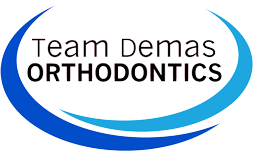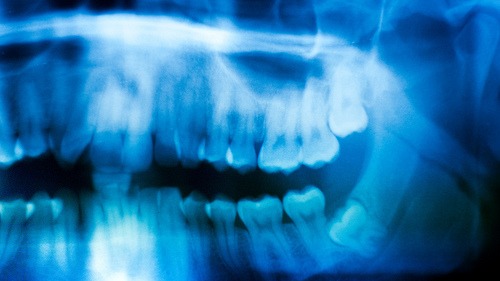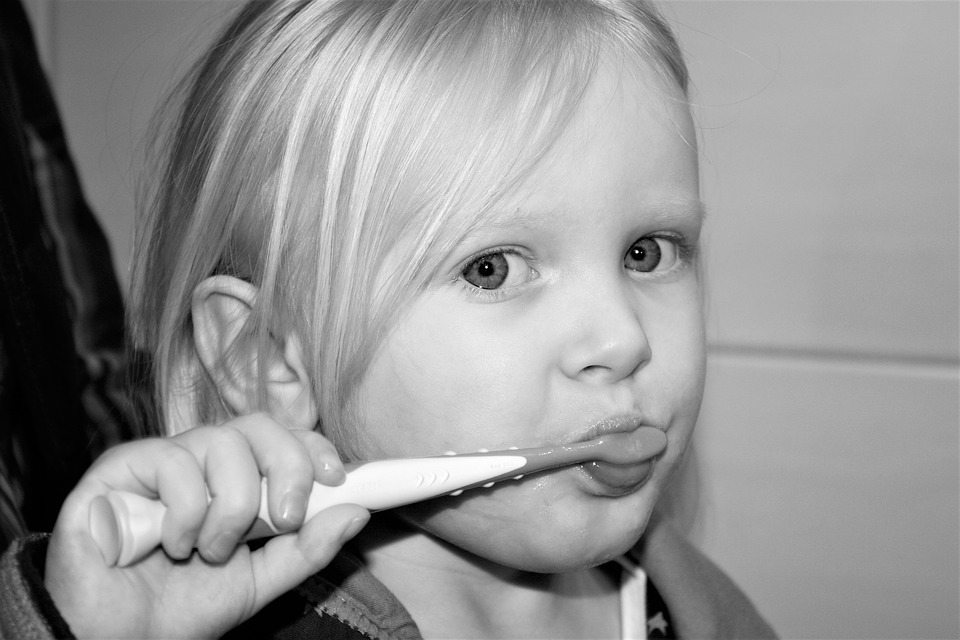
by | Feb 25, 2014 | Tootbrushing Mistake
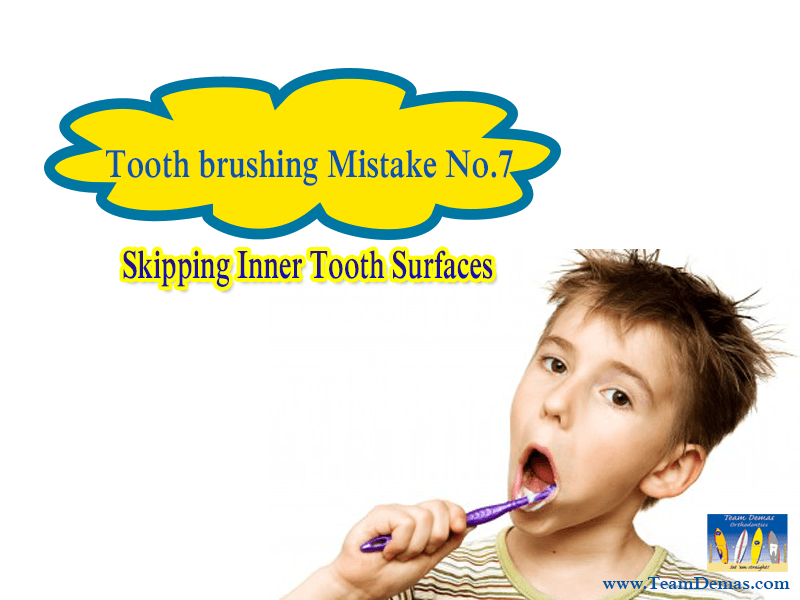
Tooth brushing Mistake No.7: “Skipping Inner Tooth Surfaces”
Tooth brushing is a holistic task and is designed to ensure that teeth are thoroughly cleaned within the recommended two minutes that it takes to undertake the job well. Skipping over the front surface of your teeth, both front and rear, is not what is called a good teeth cleaning job. Places where you don’t clean, plaque and bacteria will thrive and the end result will be cavity formation and tooth decay. In the long run, this will lead to tooth loss and expensive tooth restorative treatment – and all because in your routine teeth brushing event you did not bother to clean the inner surfaces of your teeth.
Read more…
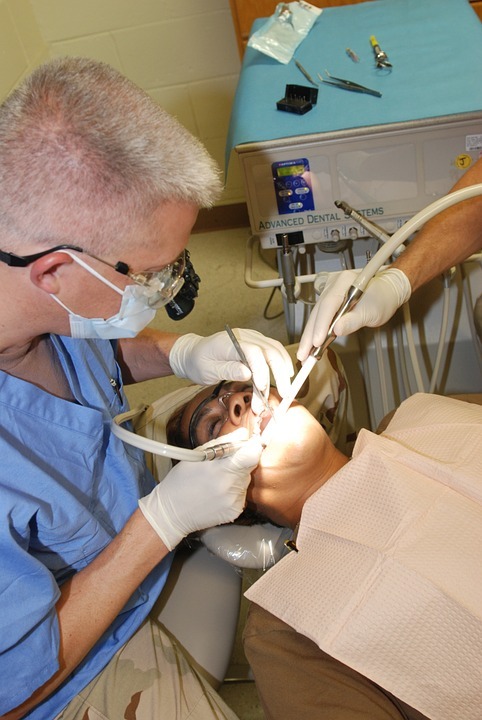
by | Feb 20, 2014 | Orthodontic Treatments
What is an Orthodontist?
An orthodontist is a dentist who has completed three years of extra study to gain an orthodontic qualification. Most reputable orthodontists are a member of the American Association of Orthodontists (AAO).
An orthodontist’s specialization is in the treatment of misaligned teeth and jaws. If these misalignments are not corrected, people can experience such handicaps as speech defects, chewing problems and difficulties in the maintenance of oral hygiene.
An orthodontist can treat “under bite,” which is what results when the bottom teeth are further forward than the top teeth and “overbite,” which is when the top teeth are further forward than the bottom teeth. Poor chewing can result from these imperfections.
Read more…

by | Feb 13, 2014 | Orthodontic Treatments
How do Suresmile robots straighten teeth?
There are many patients who are a bit apprehensive about having machines working on their orthodontic appliances rather than the steady hands of an experienced orthodontist. Many orthodontists are turning to the help of a mouse rather than their traditional pliers for more accurate, efficient and comfortable treatments for their patients. Suresmile is a popular digital format that many orthodontists are using to produce orthodontic appliances which are more efficient and comfortable than ever before.
Just as you might receive Lasik eye surgery from a robotic device, the Suresmile system uses computer aided design and manufacturing to perform wire bending tasks and to produce orthodontic appliances in a much more accurate format than any orthodontist could produce using traditional methods. Treatment times are cut by almost 40% because of the sheer accuracy of these devices. To understand more about Suresmile and its process we have included the steps that are needed to produce an orthodontic device using this technology:
Read more…
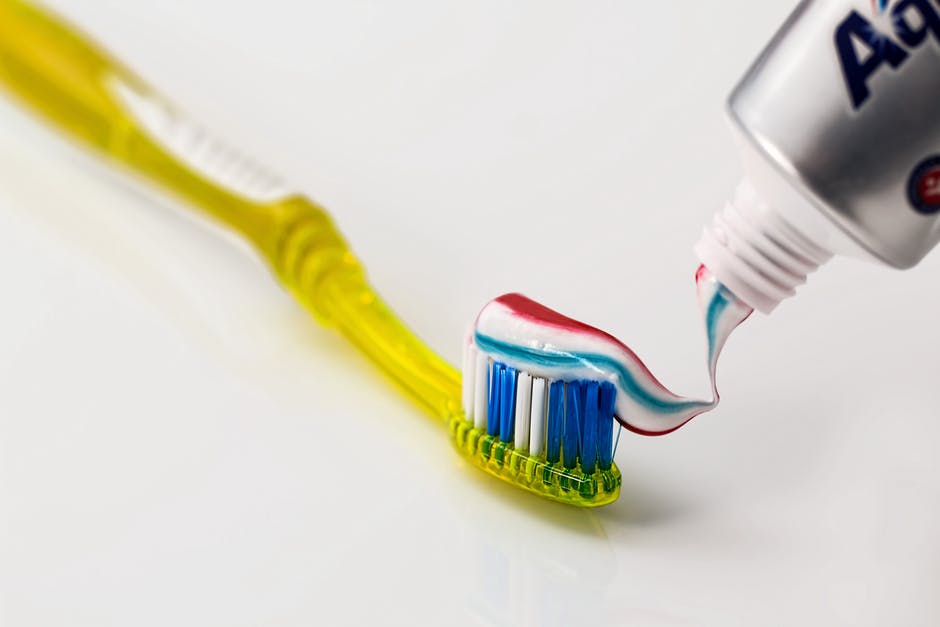
by | Feb 11, 2014 | Tootbrushing Mistake
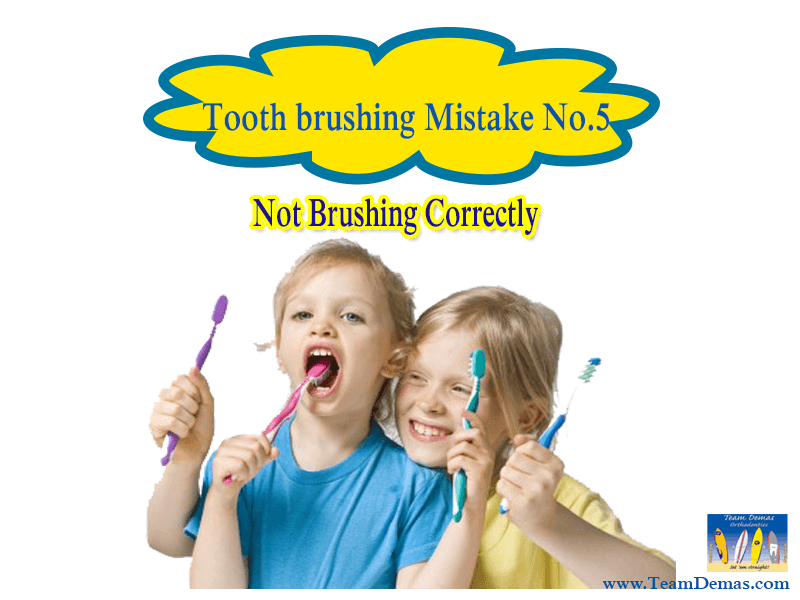
Tooth brushing Mistake No.5: “Not Brushing Correctly”
Did you ever think there was a better way to brush your teeth? Do you just whisk around your mouth and teeth with a toothbrush with a dab of fluoridated toothpaste on it? There is more to teeth brushing than that. For a start, you should position your toothbrush at a 45o angle to your gum line and then brush your teeth in a diagonal motion – not just up and down – as this does little to remove all that damaging plaque and clinging bacteria. You should also ensure that you manipulate your toothbrush onto the inner sides of your upper and lower teeth as well as the easy to reach front lower and upper teeth.
Read more…
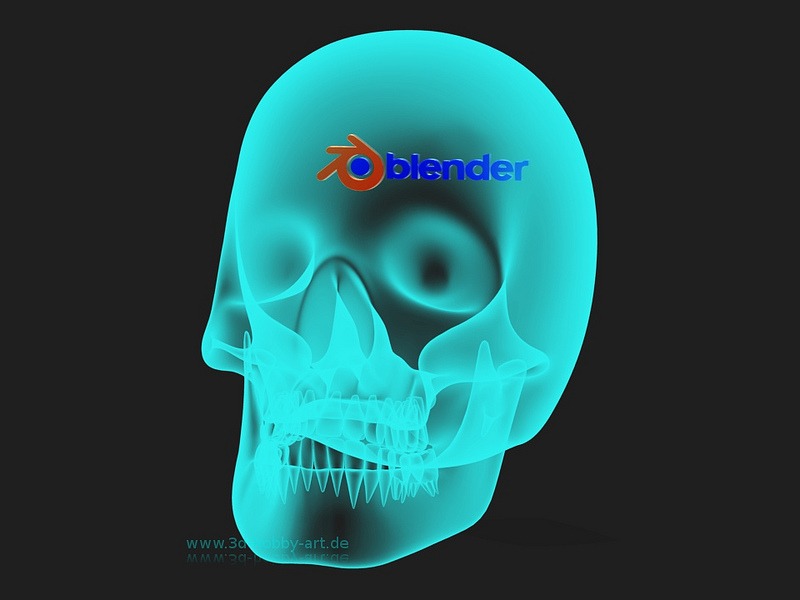
by | Feb 6, 2014 | Orthodontic Treatments
3-D x-rays in orthodontics are a game changer
Every so often there’s an orthodontic technology that absolutely changes the nature of the practice. These game changers can help orthodontists to do their job better than ever before as well as to create more efficient and predictable results. Three-dimensional radiographic technology is widely becoming a staple in many orthodontic offices because it leads to a better orthodontic treatment, less radiations and more efficient orthodontic results.
3-D x-rays have been around since 2001 and recently the technology has become affordable enough for wide range access across multiple offices. The technology is very similar to that of the CT scan but for orthodontic purposes the scans are much faster and they require far less radiations than traditional medical x-rays because they can provide results in just 10 seconds rather than medical CT scans to take anywhere between three and 5 minutes.
Read more…

